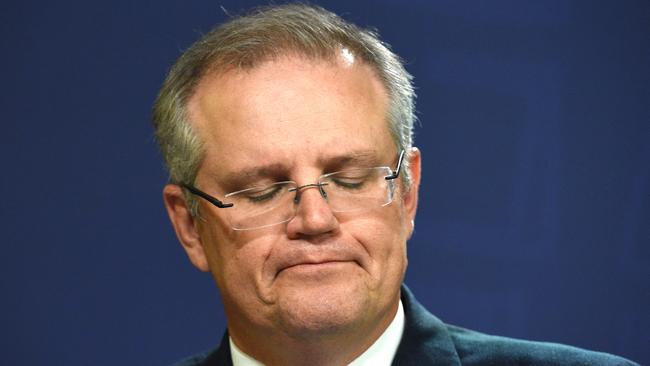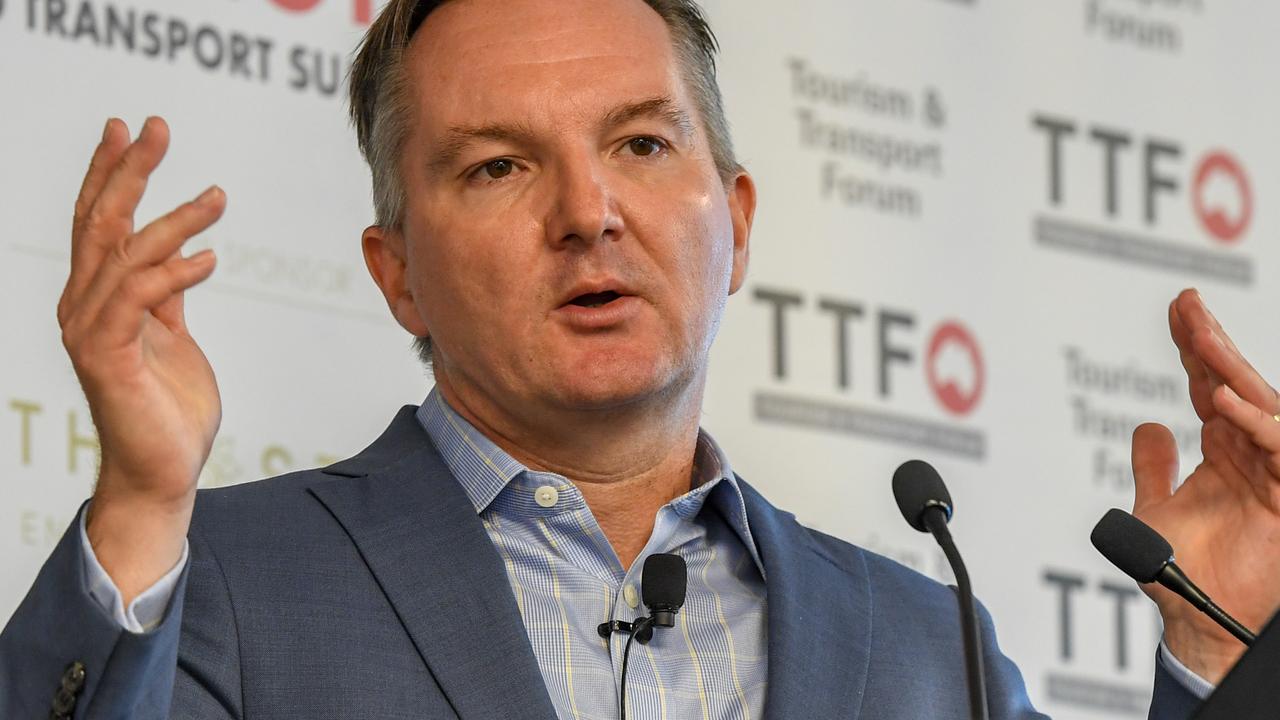
Treasury for years has deliberately issued false statements about the cost of superannuation to the Australian nation and, unfortunately, has no credibility in giving advice on this subject. (Treasury’s hoax is tormenting the super debate, March 9 2015)
A more experienced Treasurer would have known this but Scott Morrison got caught. It’s now up to the Senate to get both Morrison and the country out of the mess that has been created. At this stage, I am not going to tell the Senate what to do in detail but let’s set up a few guidelines.
- The biggest single superannuation problem is the old public service defined benefit superannuation scheme where our real deficit is between $400 billion to $600bn and it is growing by $6bn a year.
The public service figures understate this because they use unrealistic investment projections. There is $120bn set aside in the future fund to cover this, but it’s still way too small. (The superannuation review must include the public service, November 16).
In fairness, Scott Morrison did make some proposed changes to the public service scheme and I praised him for this after the budget (The Treasurer’s welcome attack on public service pension rorts, May 17)
Whatever limits are placed on private sector superannuation should also be placed on the public service scheme following an actuarial evaluation that counts current investment returns and recently introduced rorts.
This will stop the deficit growing by $6bn a year. That’s not a bad cost saving start.
- *Both the ALP and the Coalition are not far apart in the way funds in pension mode should be taxed. The ALP has a simple straight forward scheme whereby when income of a fund in pension mode reaches $75,000 it should be taxed at 15 per cent. The Coalition has a complex scheme whereby the first $1.6 million in the fund is set aside for tax free treatment and its performance is rated separately to the whole fund. The idea is complex and was designed to suit a few big superannuation funds with poor computer systems. We are probably stuck with the complex system but life would be so much easier if we used the ALP system. Both proposals raise about the same amount of money.
- *The government proposal plans to introduce retrospective transition retirement cuts. They should be scrapped and the new measures should apply from budget night. Treasury over-estimated the savings in this area.
- *The object of superannuation should be to reduce the burden on the government pension. So, let’s start with some figures from people who know what they are talking about. The Self Managed Superannuation Funds Association obtained top actuarial advice and estimate that if you are a couple aged 65 and in retirement or about to go retirement and seek a $58,922 pension per annum then you need approximately $702,000 in savings. Some 30 per cent of self-managed funds will be unable to afford that $58,922 level. Now, if a couple aspires to a $100,000 pension per annum then the amount required for a couple aged 65 is $1,886,000. Obviously there are a lot of variations but given the government has set a $1.6m tax free sum it should be possible to reach it. In simple terms, for the average middle class person reaching $1.6 million is very difficult. So, what the government is doing is forcing people to arrange their finances to maximise their pension entitlement.
- The $500,000 maximum injection of tax paid funds is too low. If the Treasurer plans to allow people with windfall gains to put money in, then some adjustment must be made for the rest of the community. The extra cost can be covered via ending public service super rorts of the old scheme.
- It needs to be harder to take lump sums out because the proposed system does not allow people to save a worthwhile amount and that will encourage people to take their money out of superannuation and live on the aged pension. The current proposals might save a few dollars in the next few years but will become a cost as the demand for government pension grows. We need some really good thinking and treasury is not a good place to go for guidance on this subject.






The government needs help on superannuation. It is now clear it rushed into badly thought out superannuation changes on advice from Treasury.